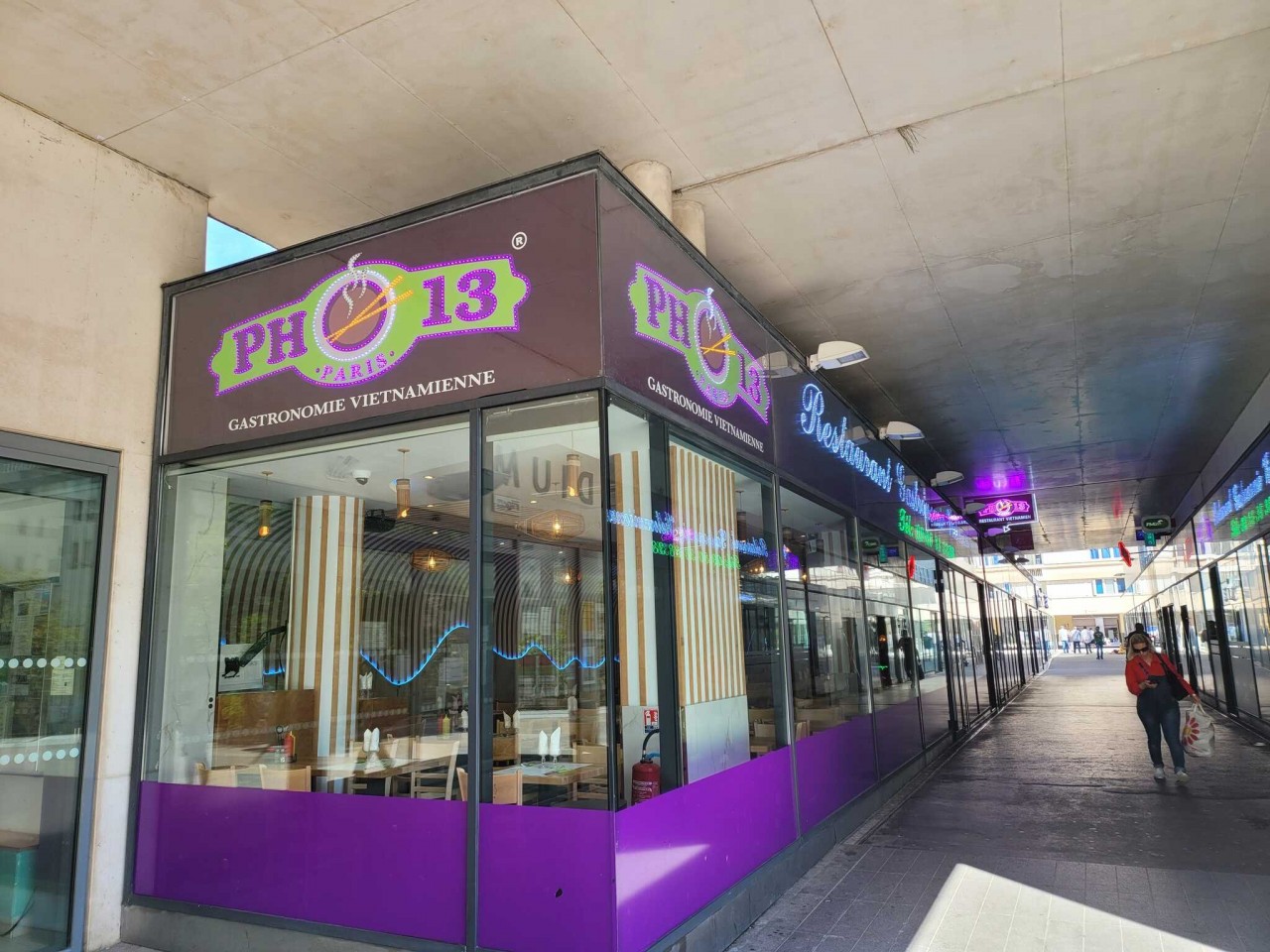Do Duc Cuong - Vietnamese Doctor Who Revolutionizes ATMs
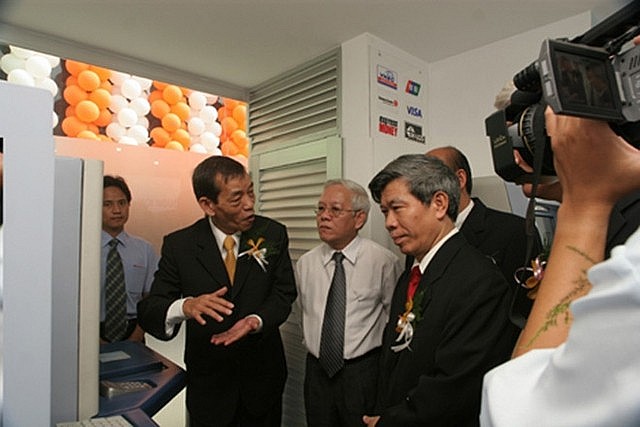 |
| Do Duc Cuong (talking) has more than 20 years working at Citibank (USA). Photo: Vietnamnet |
People used to refer to ATMs as "just a hole in the wall that altered the world." In the modern era, this gadget is commonplace, yet in the 1960s, it was a "wonder."
Customers still had to visit the bank at the time if they wished to withdraw cash, typically during business hours. Finding a solution to this discomfort was what banks were all about.
The first machine has been the subject of numerous ideas and iterations from independent groups of inventors. In 1939, a device created by American inventor Luther George Simjian was installed at City Bank in New York. However, the unsuccessful application led to its quick abandonment.
Later, John Shepherd-invention Barron's automatic teller machine (ATM) was widely regarded as the first ATM in the world to be installed and occupied. The system still has many flaws, while being in its early stages. Yet, many people had doubts because they had never encountered such sophisticated technological equipment. Additionally, early machines were unwieldy, heavy, risky to move, unreliable, and infrequently convenient.
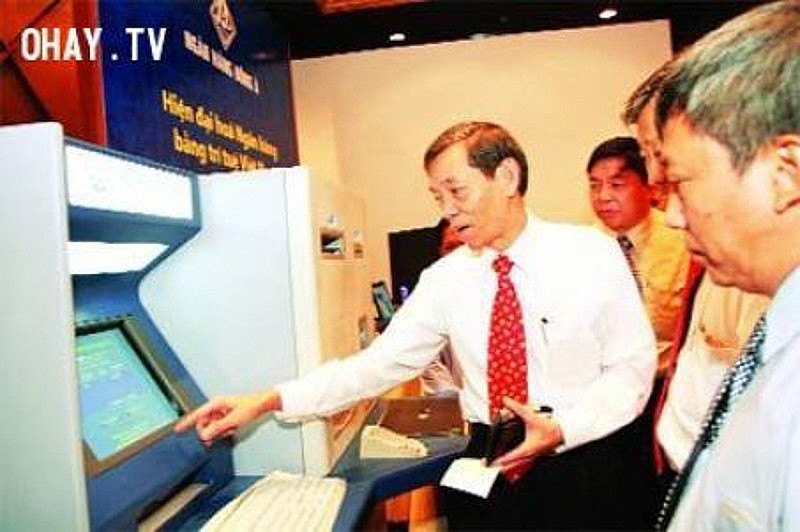 |
| Dr. Do Duc Cuong demonstrates how to use an ATM. Photo: ThinkingView |
When triggered with paper tokens or plastic cards (given to clients at retail branches during business hours), the early ATMs, unlike today's machines, could only do one thing: distribute a fixed quantity of cash. The machine will store the tokens after they have been used. Branch employees use these numbers to debit the correct accounts. The customer will receive a postal return of the plastic card.
Although the procedure is burdensome, only customers with "good credit" are satisfied, meaning that not all consumers receive the service. People still believe that this procedure is more convenient than going directly to the bank to complete the withdrawal, nevertheless.
Since then, the use of ATMs has caused a new turning point in how people consume things.
People are making more impulsive purchases and spending more on evenings and weekends to fulfill their leisure demands as a result of withdrawals being simpler, faster, and more time-efficient.
Banks and technology firms have worked hard over time to harmonize standards, streamline procedures, and gradually implement 24/7 cash access. The ATM system became well-popularized as well.
In the 1970s, the world had less than 1,500 ATMs, most of which were centered in Europe, North America, and Japan. However, a decade later, there were roughly 40,000 ATMs, and by the year 2000, there were 1 million of them.
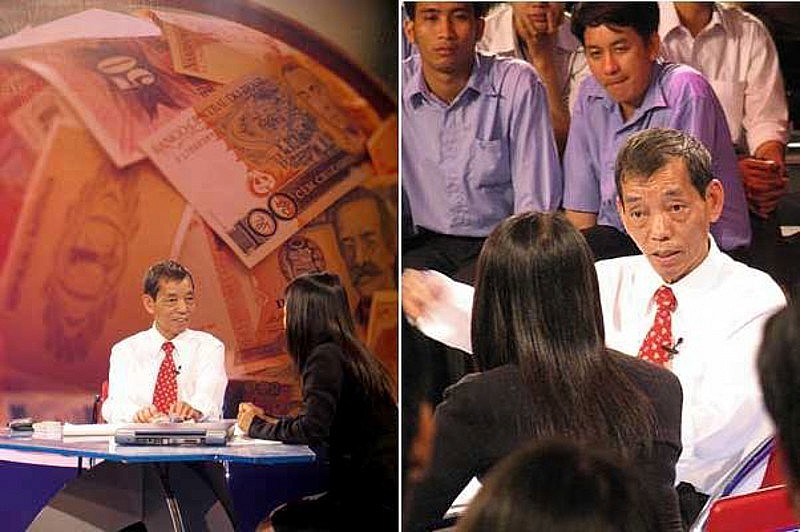 |
| Dr. Do Duc Cuong talks about his invention. Photo: ThinkingView |
Many people contributed to the ATM's conception during this process gradually changed its appearance. In order to address the growing demand for ATMs, a number of recognized patents are used to design ever-more sophisticated and inventive ATMs. Among these is patent number D386883, which was created by a team of 3 inventors, including a Vietnamese-born doctor. It was awarded by the US Patent and Trademark Office in 1997. They were the ones who made significant improvements to the ATM design.
Dr. Do Duc Cuong was born and raised in the countryside of Duc Pho, Quang Ngai province. The difficult childhood prompted him to have a sense of learning from a young age "to overcome fate".
With efforts to constantly rise, when growing up, he attended Medical University and then transferred to study Mechanical Engineering at Phu Tho University in Ho Chi Minh City.
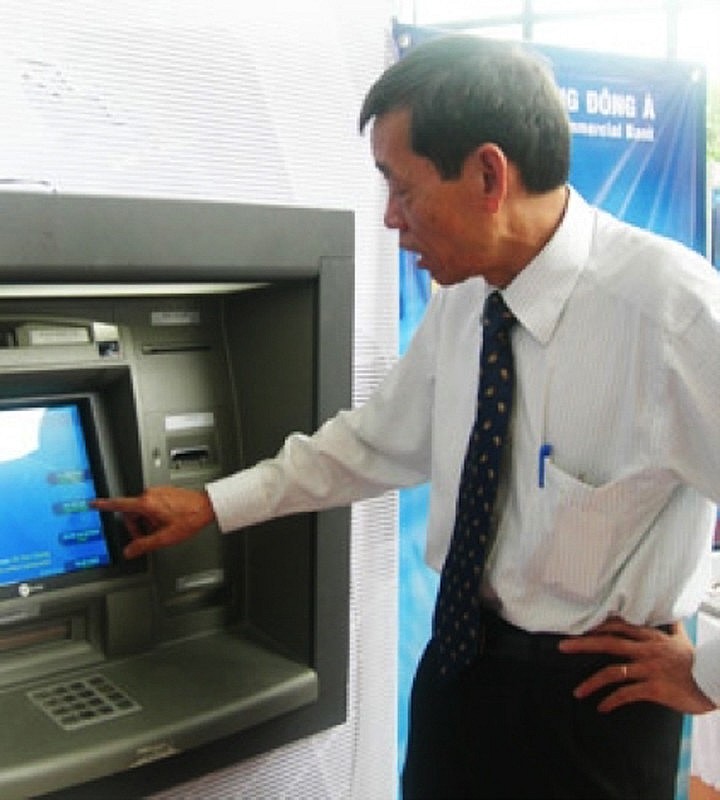 |
| Dr. Do Duc Cuong demonstrates how to use an ATM. Photo: ThinkingView |
Do Duc Cuong was found to have the highest IQ in a test of Vietnamese intellect conducted in 1963 by a Japanese delegation interested in learning more about the country. He was given a scholarship to study at Osaka University in Japan as a result. He signed up to work part-time at Toshiba while he was a student in the cherry blossom nation in order to gain more experience and income.
After the dedicated student completed his schooling, he decided to study banking in the United States. Since then, Do Duc Cuong has resided and worked as a senior specialist in the banking sector in the US and other nations. In the fields of banking and telecommunications equipment, he has at least 58 inventions and patents.
In 1977, he was personally invited by Walter Briston, the CEO of Citibank at that time, to work for the famous corporation. In order to complete the strategy of accelerating the expansion of operations, his team of engineers and Dr. Cuong himself tinkered with the development of new tools. The improvements to the ATM come from his 20 years of work at Citibank.
“I realized one thing while working with Citibank: If the bank doesn't see ordinary people as potential customers, the bank won't grow. With the mastication of services, the bank will succeed,” he said.
Dr. Do Duc Cuong was awarded the title of Honor of Vietnam in 2006. He is also known as an expert in many fields such as medicine, engineering, economics, and finance.
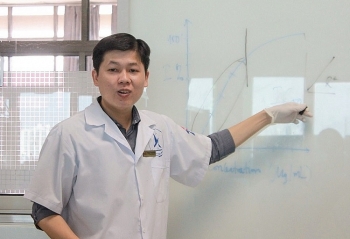 | Young Vietnamese Doctor Creates Self-Decomposing Facemasks Using shrimp and crab shells and sugars from corn starch and sugarcane, Nguyen Hoang Chinh (31) has created antibacterial, self-decomposing facemasks that can filter fine ... |
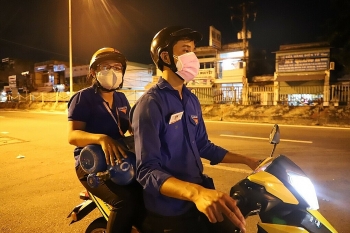 | Rice ATM Inventor Makes Oxygen ATM for Covid Patients Hoang Tuan Anh, the inventor of a “rice ATM,” just co-created free oxygen tank exchange booths for Covid patients quarantined at home. |
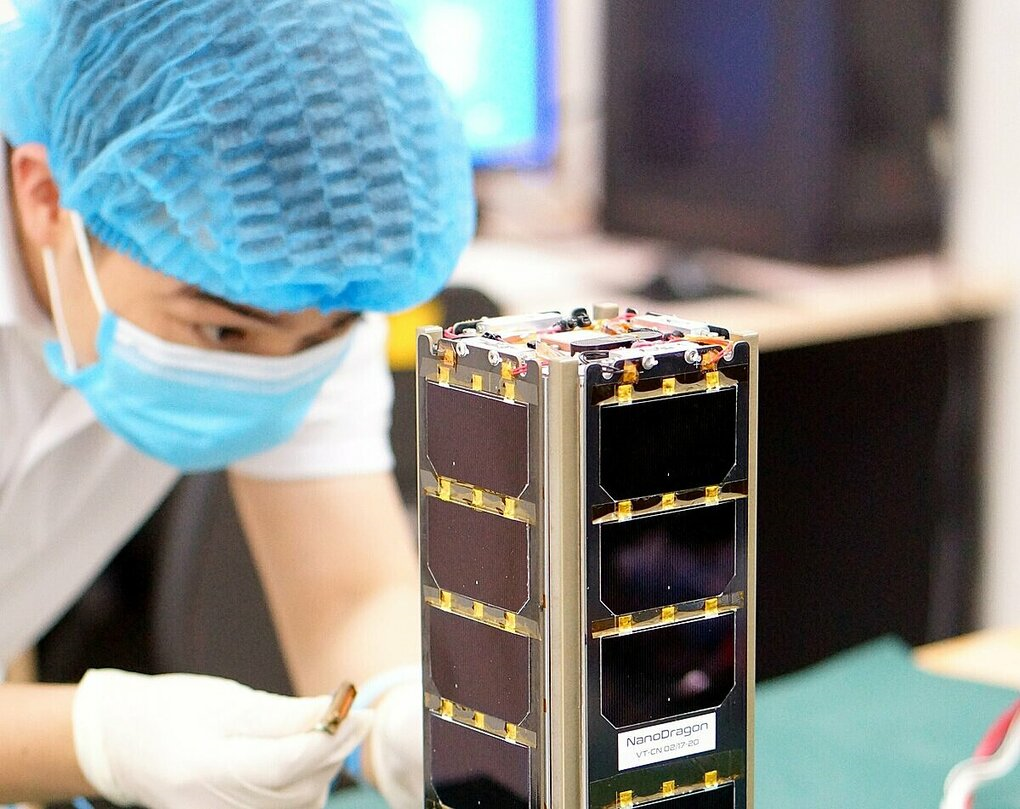 | Satellite Made in Vietnam Ready to Launch Vietnam’s NanoDragon nanosatellite was sent to Japan on August 11 for transferring to the Uchinoura Space Center, a space launch facility located in Kagoshima Prefecture ... |
Recommended
 Overseas Vietnamese
Overseas Vietnamese
Contribute to Form a "Global Vietnamese Ecosystem"
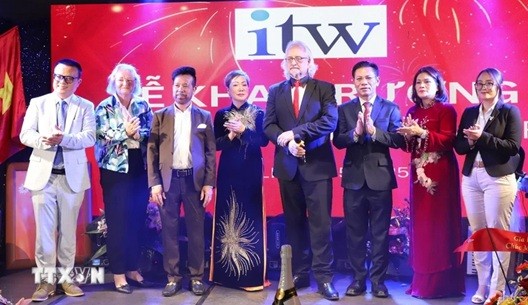 Overseas Vietnamese
Overseas Vietnamese
Language and Vocational School for Vietnamese launched in Germany
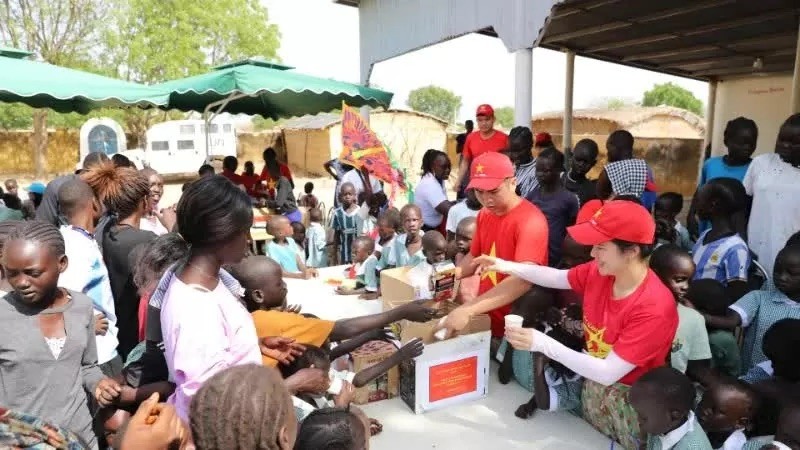 Overseas Vietnamese
Overseas Vietnamese
A Heart-warming International Children's Day in Abyei
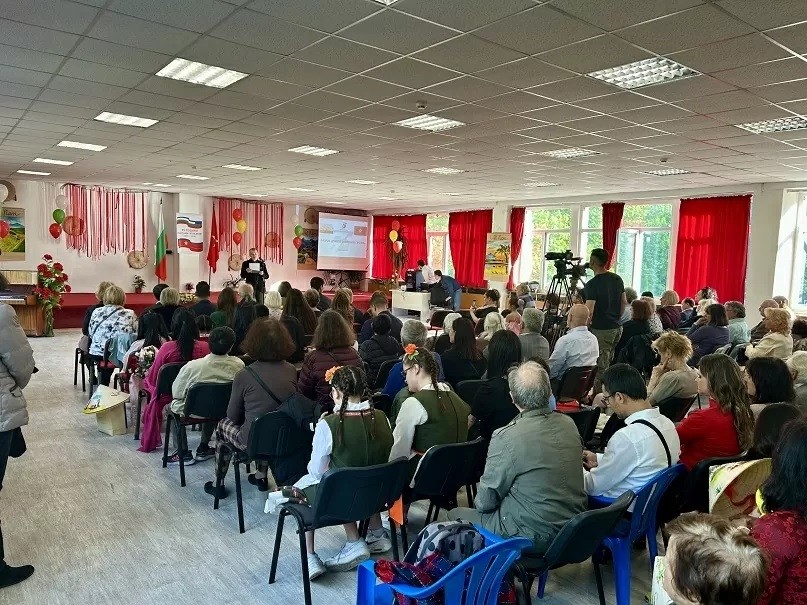 Overseas Vietnamese
Overseas Vietnamese
Art Program Deepens Vietnam-Bulgaria Cultural Exchange and Friendship
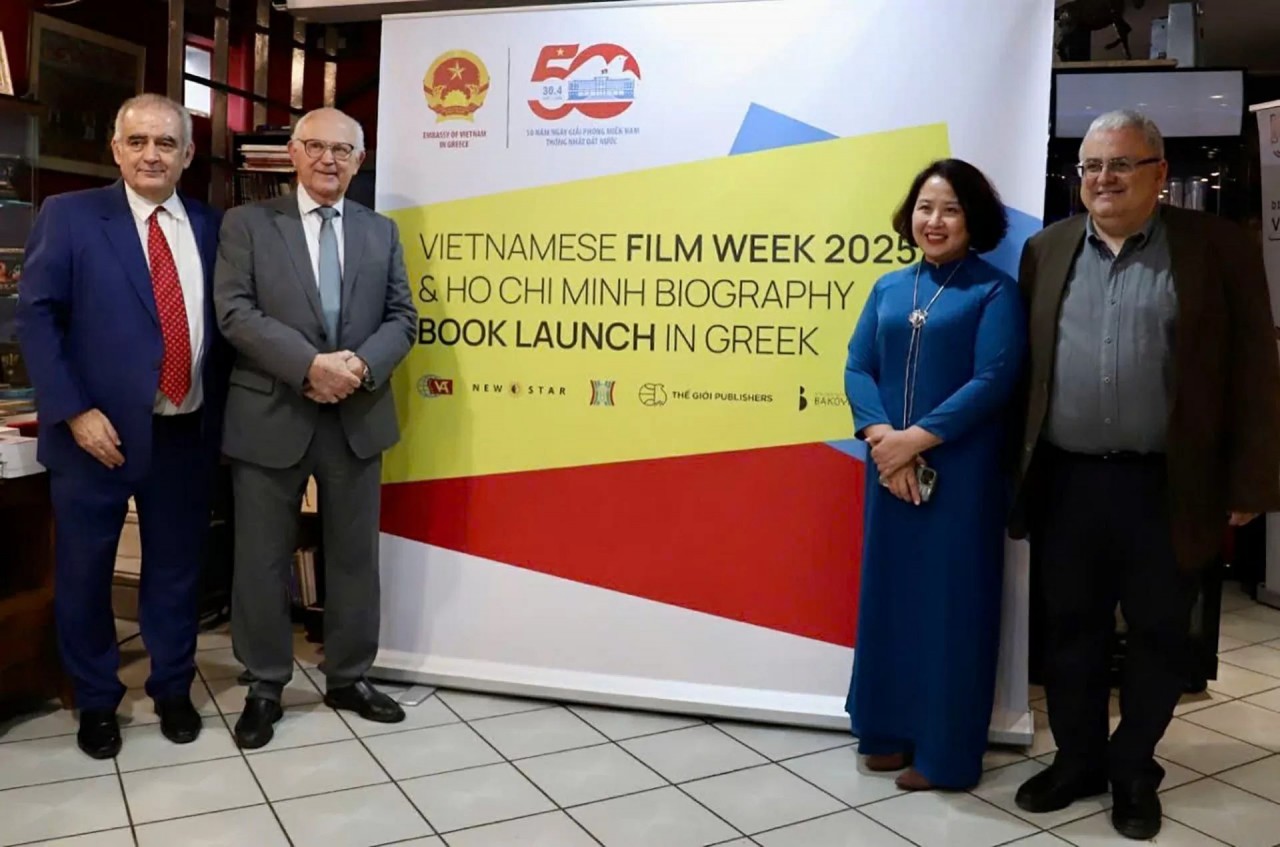 Overseas Vietnamese
Overseas Vietnamese
First Vietnamese Film Week Opens in Greece
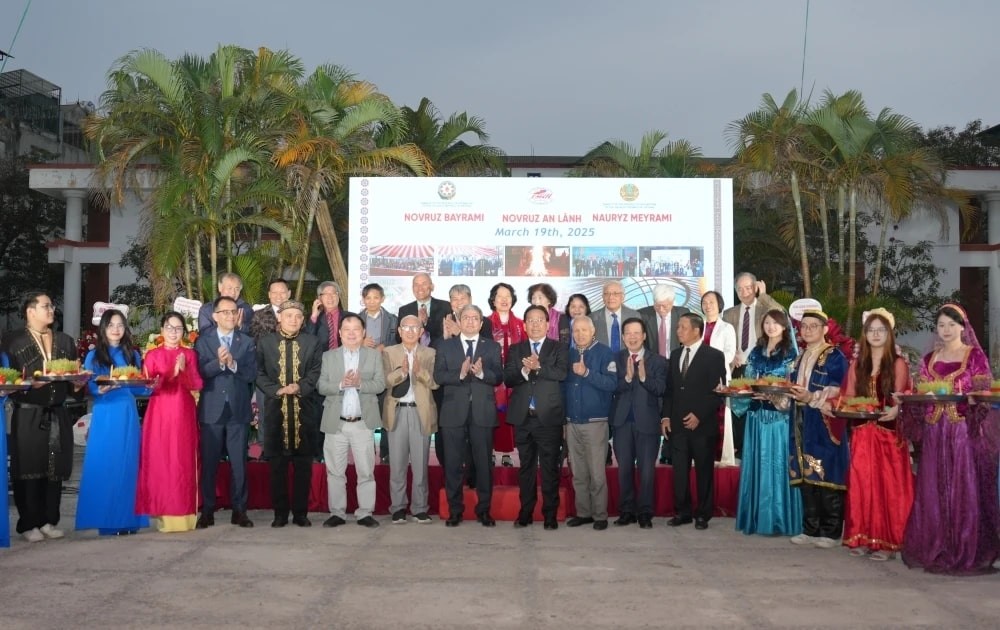 Overseas Vietnamese
Overseas Vietnamese
Strong Bonds Between Vietnam And Belarus, Azerbaijan, and Kazakhstan
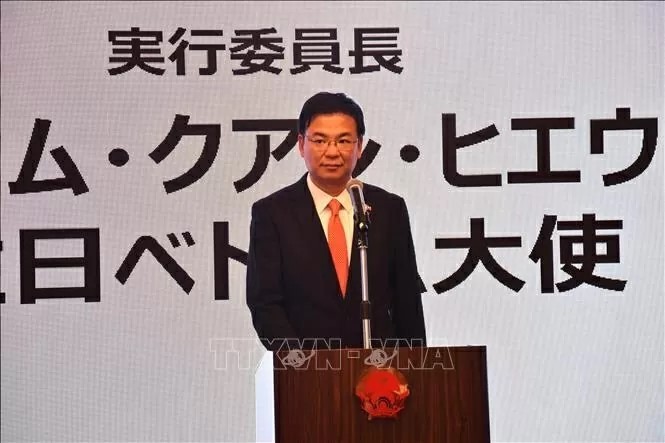 Overseas Vietnamese
Overseas Vietnamese
Vietnam Festival in Tokyo To Be Held for 18th Time
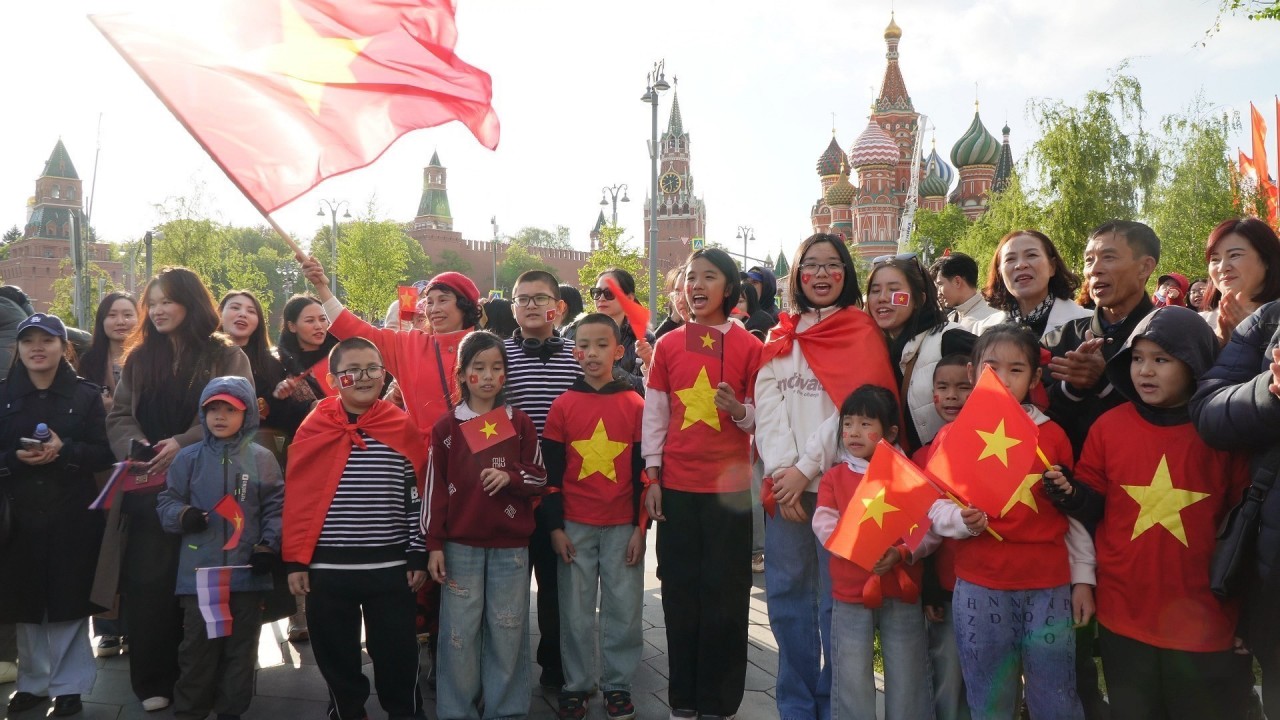 Focus
Focus


